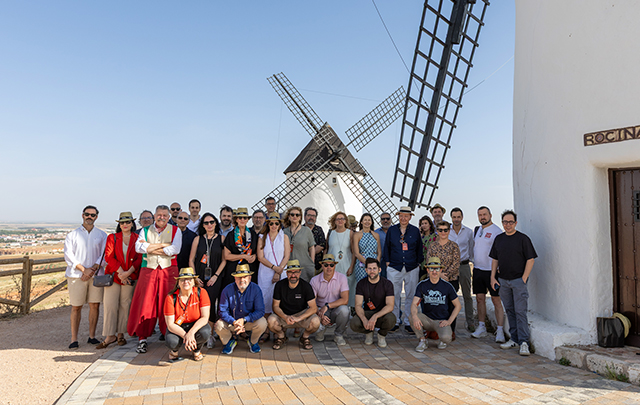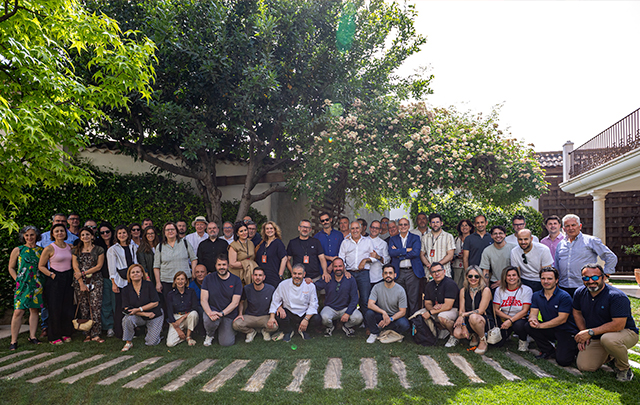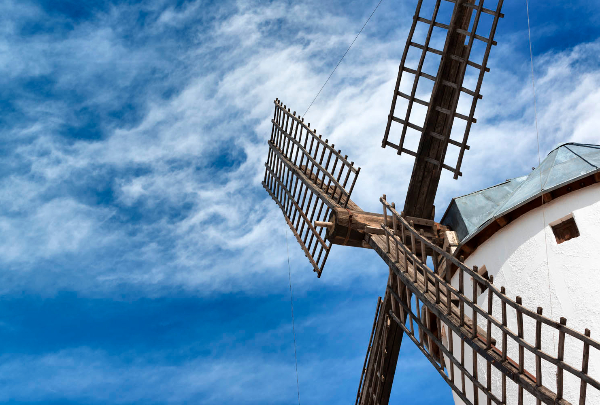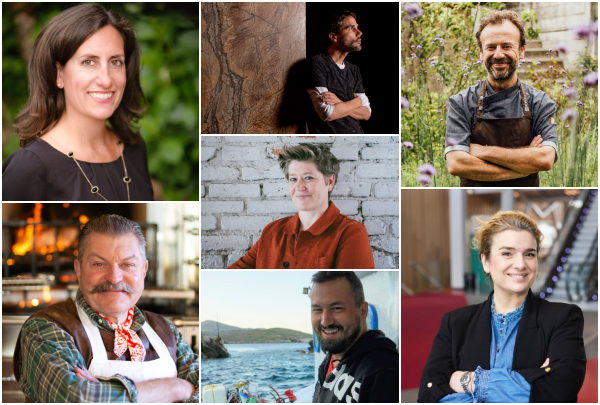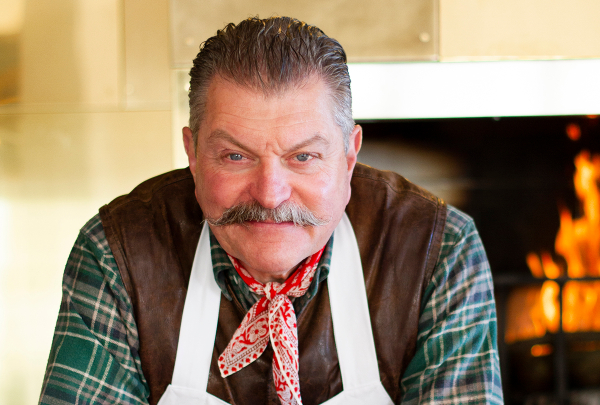News
Discover Eat establishes gastronomy as the link between the primary sector and tourism, aiming to boost rural areas.
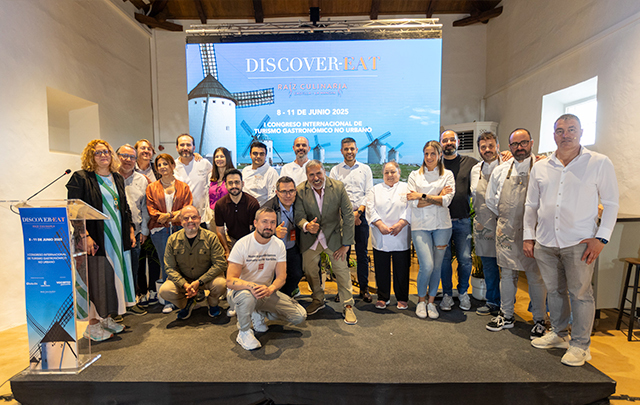
The International Congress on Non-Urban Gastronomic Tourism, Discover-Eat, concluded today in Campo de Criptana. It highlighted the importance of promoting rural areas for tourism and gastronomy without losing their identity. During the closing ceremony, the conference director, Benjamín Lana, said, “The challenge is to maintain the balance of rural life and not turn it into a museum, because the best thing about these areas is their authenticity, which is maintained by people continuing to live in the villages”.
Authenticity was undoubtedly the most frequently used word throughout the conference, and the contributions of experts from sectors such as tourism, gastronomy, oenology, luxury, and the digital world made it clear that it is the originality and exceptional nature of the authentic experience that can put rural areas on the gastronomic tourism map. To achieve this, the primary sector and tourism must work together with gastronomy as a unifying tool, as emerged from these three days of debate. 'A cross-cutting approach must be adopted', as chefs, winemakers, public administrations, tourism experts and digital visibility experts have pointed out. However, this must be done with a well-constructed narrative in which each proposal tells the story of a territory, its culture and traditions. In other words, the importance of storytelling should not be underestimated.
Wine tourism is one of the sectors that has best understood the importance of this narrative. The wine sector was the first to recognise the importance of the rural experience, opening its wineries to visitors. However, to maintain the authenticity of this experience, new ways of promoting visits to rural areas must be found. This was the topic of today's first roundtable discussion, attended by several winemakers from across the country, including: Santiago Vivanco (owner of Bodegas Vivanco in Briones, La Rioja); Lucía Fernández Rivera (CEO of Familia Fernández Rivera in Pesquera de Duero, Valladolid); and Rosa Melchor, president of the Spanish Association of Wine Cities (Acevin) and Wine Routes of Spain. The latter identified the main challenges facing the sector as 'promotion, marketing, digitalisation and training', to which Francisco Fernández added 'attracting international tourists to rural areas, because if we succeed, it will represent a significant qualitative leap forward'. His fellow panellists agreed, but Santiago Vivanco also warned against the temptation of overcrowding, because, as Lucía Fernández explained, 'Wine routes are not just a business opportunity; they are a way of learning about our history and the people behind the world of wine', and this value must not be undermined or it would lose all meaning.
The next step is to find a rural restaurant
Once the story has been constructed — always based on authenticity of origin — it needs to be publicised and promoted to potential visitors. Much of the closing day of the first Discover-Eat event was devoted to addressing this issue.
Juan Monzón, an expert consultant in new technologies, stated that this sector 'is an ideal channel for setting yourself apart, being unique and generating value'. He suggested some new approaches for the future, including 'hyper-personalising travel, using languages adapted to each generation and tourist profile, and using exponential technologies such as AI, virtual and augmented reality, and immersive tools before, during and after the trip'.
Monzón proposed these ideas from the perspective of the destination. Matija Babić, creator and CEO of Taste Atlas in Zagreb, Croatia, also offered solutions aimed at visitors to help them prepare for their trip. On his website, TasteAtlas, Babić offers an 'interactive global food map where we catalogue around 20,000 foods from all over the world, rate them, and verify them with the help of a team of experts'. This allows users to access the experiences of many other travellers while preserving, above all, ‘the traditional, because it is the food of each place that makes it special and unique’.
A round table discussion featuring Italian journalist Anna Bruno, who specialises in tourism and digital gastronomy, as well as Francisco Castro (CEO of Adentity), chef Clara Pérez Villalón and Samuel Moreno (chef at El Molino de Alcuneza* in Sigüenza, Guadalajara) joined the debate. Their reflections showed that, as Moreno asserted, the first step is to 'build the image at the source and then project it', and that this should be achieved by 'involving the population and promoting local cuisine rather than regional cuisine', as Anna Bruno put it. For their part, Francisco Castro and Clara Pérez Villalón affirmed the importance of embracing the opportunities offered by the digital world. Pérez Villalón predicted that, in the near future, chefs themselves will become content creators and brand ambassadors for their restaurants.
Cantabrian chefs Nacho Solana (Restaurante Solana*, Ampuero) and David Pérez (Ronquillo, Ramales de la Victoria) provided the finishing touch to the day, acting as gastronomic ambassadors for Alto Asón. Accompanying them was Jesús Ramón Ochoa, president of the Alto Asón Association, who thanked gastronomy for its role in the area's economy. He said that the Asón Valley was once the 'great unknown' of Cantabria, but that this is changing thanks to the work of Nacho and David. Both chefs agreed that visitors to the area also play a part in this, as they ‘are the best ambassadors for our valley’.

